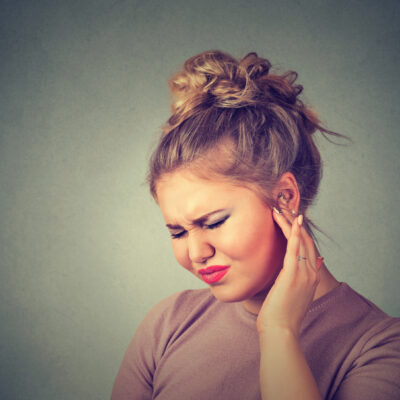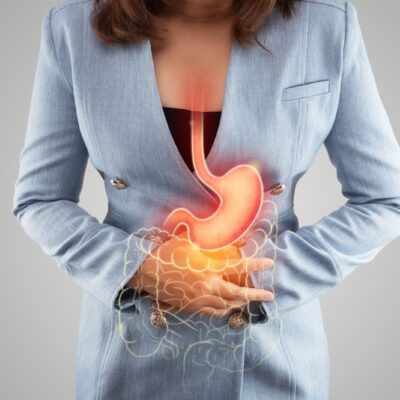
General Health
5 Common Causes of Tinnitus
Tinnitus is the perception of sound with no external source—meaning other people cannot hear it. It commonly is described as a ringing sound, but some others experience a roaring or buzzing. With the condition being so common, approximately 10-25% of adults have it, there are some treatment options and hearing solutions, including hearing aids, cochlear implants, and tinnitus therapy that each can help reduce symptoms and improve hearing. Here are 5 common causes of tinnitus: 1. Noise exposure Most individuals are diagnosed with tinnitus after exposure to loud noise, whether that’s in the workplace, a concert, a sporting event, and so on. This condition is the most common service-related disability among veterans, due to the loud noise experienced from gunfire, machinery, bomb blasts, or other relative noises. 2. Hearing loss Hearing loss is often attributed to aging or exposure to loud noise, and it is strongly associated with tinnitus. However, it is possible that individuals with hearing loss will never experience tinnitus. 3. Medications It’s important to always read the side effects of medications, as tinnitus can even be caused by certain medications—especially if they’re taken at high doses. Common medications that are associated with tinnitus include non-steroidal anti-inflammatories (e.g.
Read More 















